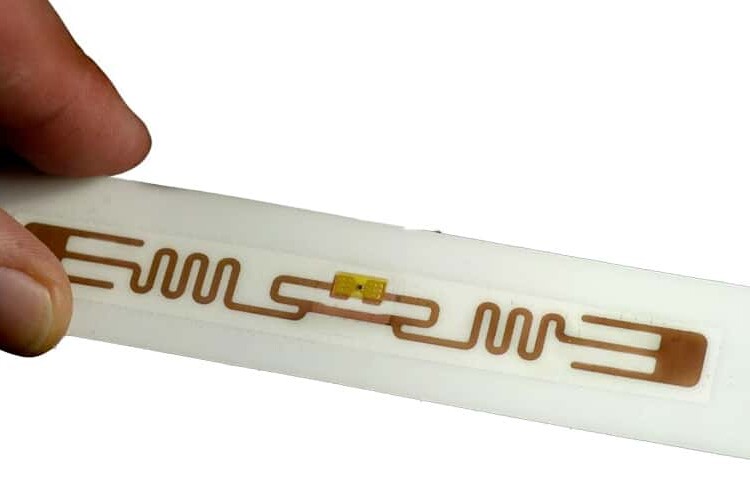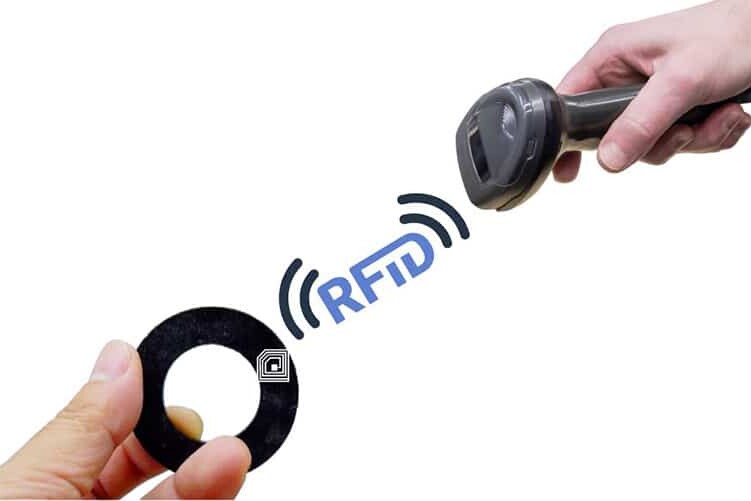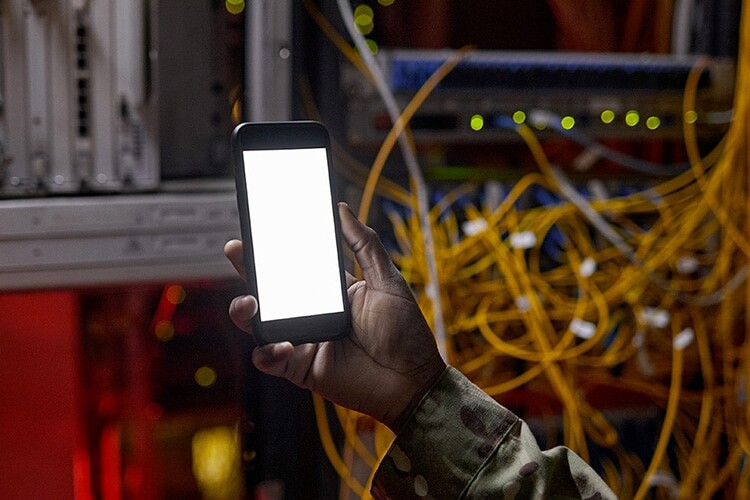Elastronics - Smart rubber: inserting intelligence into elastomers
Putting intelligence into elastomers is one of ITC Elastomers’ missions. Industry 4.0, IoT, in an increasingly connected world, manufacturers are seeking to increase the functionality of elastomers and make them “smart” by developing smart rubbers incorporating:
- piezoelectric elements: application of a mechanical stress to produce an electrical voltage or vice versa
- electrostrictive or magnetostrictive elements: use of elastic deformation in an electric or magnetic field
- shape memory elements: use of the ability to return to the original shape from a deformed state due to stress or temperature
- self-healing elements: use of the ability of certain elastomers to repair damage caused by mechanical stress
- chromogenic elements: modification of color depending on electrical, thermal or optical changes
Another aspect of these new developments is to combine the physics of elastomers with electronics to make elastomer parts communicate with their environment by incorporating:
- electronic elements: RFID chips, pressure sensors, movement, displacement, temperature, wear.
At ITC, we have developed processes for inserting sensors or RFID chips into all kinds of elastomeric parts in order to retain and transmit information.
Tomorrow, you will be able to view your personal data simply on your smartphone or tablet, check the status of your parts or ensure the traceability of your tools.
Applications
Elastronics is revolutionizing the way elastomers are used. In maintenance applications, passive sensors enable the measurement of compression, deflection, position and cracks. Elastronics can thus be used as security to detect cracks and cuts and locate the break point. It can thus prevent joint sealing failures. In the field of human health, sensors in connected objects or the soles of sports shoes transform these everyday objects into real tools for monitoring our health. Many applications are still to be invented in this area. Elastomers become active assistants in our daily life.




